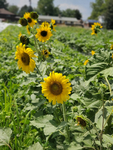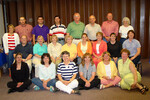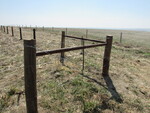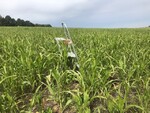Posted date: Feb 24, 2023
Edited
by: Admin My Local Life
1107 Views
retired NRCS District Conservationist
To a Botanist, a herb is a leafy plant that doesn't grow a woody stem and usually dies back at the end of each growing season. Both grasses and forbs are herbs. To a chef, a herb is any of a vast number of aromatic or savory plants used to add flavor and character to foods. To a gardener, an herb is a delightful, easy-to-grow addition to the landscape, perennial border, or terrace urn. To anyone who uses plants medicinally, an herb is a plant that helps promote health and healing when it’s either taken internally or applied externally.
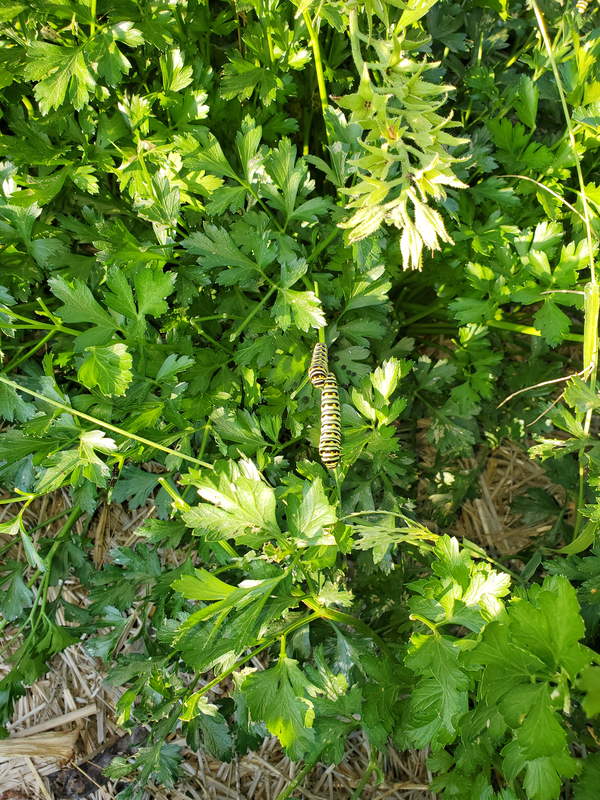
The difference between herbs and spices is that a herb is the leaf of the plant. Any other element of a plant is a spice. Spices come from dried bark, roots, a berry, seeds, twigs, or other plant matter used to season or flavor a dish of food. Herbs, the leaf part of a plant used for cooking, can be used fresh or dried. Dried herbs are often added during the cooking process to add flavor while cooking. Common dried herbs include oregano, rosemary, sage, and thyme. Fresh herbs are often added as the last step once cooking is completed. Fresh herbs bring brightness and fresh flavor to many recipes. Common fresh herbs are mint, cilantro, and parsley.
Dried herbs should be stored in sealed jars in a cool, dark, and dry spice cabinet. Fresh herbs will last the longest if they are washed, carefully dried, gently wrapped in a paper towel, sealed into a zip-top bag, and stored in the refrigerator.
Common herbs include:
- Bay leaves
- Sorrel
- Epazote
- Cilantro
- Italian parsley
- Thyme
- Oregano
- Shiso leaves
- Rosemary
- Black pepper
- Caraway seed
- Basil
- Cayenne pepper
- Cinnamon
- Dill
- Echinacea
- Eucalyptus
- Fennel seed
- Garlic
- Ginger root
- Horseradish
- Mint
- Turmeric
There are many ways to use herbs in cooking. Dried herbs are more strongly flavored than fresh herbs. As a rule, one teaspoon of dried herbs equals 4 teaspoons of fresh herbs. Some herbs are used only to flavor a dish, but not eaten. Bay leaves are an example.
The World Health Organization (WHO) has estimated over 70% of people worldwide rely on herbal medicines as part of their primary health care. Some health benefits of herbs include a strengthened immune system, reduced blood sugar and cholesterol, helps treat arthritis, and maintains healthy skin and hair. There are some side effects. Never assume that because herbs are "natural" they are safe. Some herbs may be inappropriate for people with certain medical conditions. Some herbs may cause allergic reactions or interact with conventional drugs. Kavakava has been linked to liver toxicity. Garlic, ginkgo, and ginger may increase the risk of bleeding.
For additional information or to locate an experienced herbalist in your area, contact the American Herbalists Guild (AHG) at www.americanherbalistguild.com.
The use of herbal supplements has increased over the past 30 years. Herbal supplements are classified as "dietary supplements" by the U.S. Dietary Supplemental Health and Education Act (DSHEA) of 1994. That means herbal supplements, unlike prescription drugs, can be sold without being tested to prove they are safe and effective. However, herbal supplements must be made according to good manufacturing practices.
Herbs healthful value as a food ingredient has been realized. For one, herbs add a burst of flavor to food, allowing you to cut back on salt without sacrificing taste. Several herbs including parsley, have significant amounts of the essential vitamins A, C, and K. Some herbs easy to grow are mint, thyme, oregano, rosemary, chives, parsley, basil, and dill.
The World Health Organization (WHO) estimated that 70% to 80% of people worldwide rely on herbal medicine for part of their primary health care. In Germany, 600 to 700 plant-based medicines are available and prescribed by General Physicians.
Plants have been used for medicinal purposes long before recorded history. Ancient Chinese and Egyptian Papyrus writings describe medicinal uses for plants as early as 3000 B.C. Indigenous cultures (such as African and Native American) used herbs in healing rituals. Researchers found that people in different parts of the world tended to use the same or similar plants for the same purposes.
In summary, culinary herbs are herbaceous plants used to add flavor and color to meals. Herbs are also used as medicine and as a preservative. If you find that low-fat or low-salt foods taste bland, herbs will enhance the flavor of virtually any dish including desserts. Fresh herbs are generally delicately flavored, so add them to your cooking in the last few minutes.



